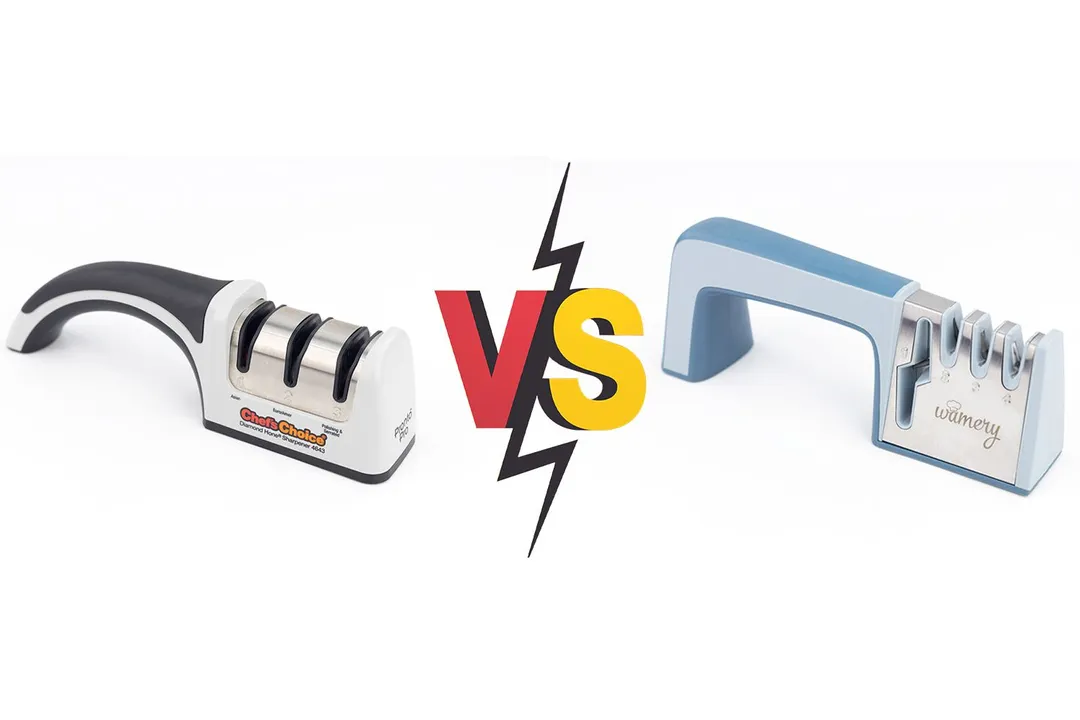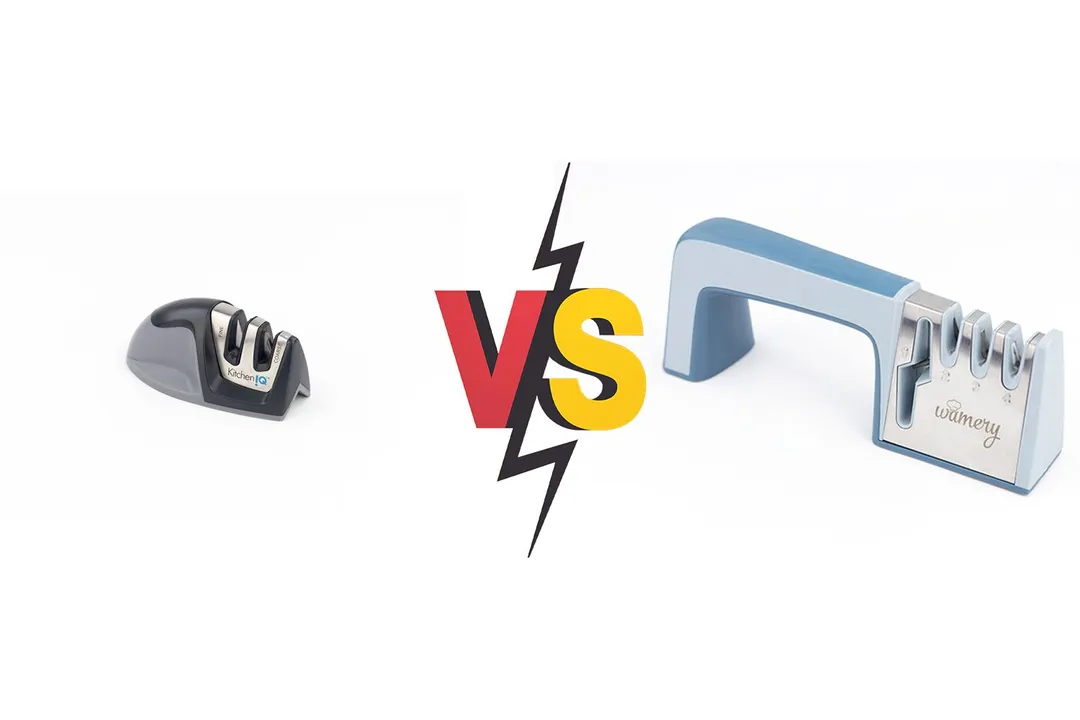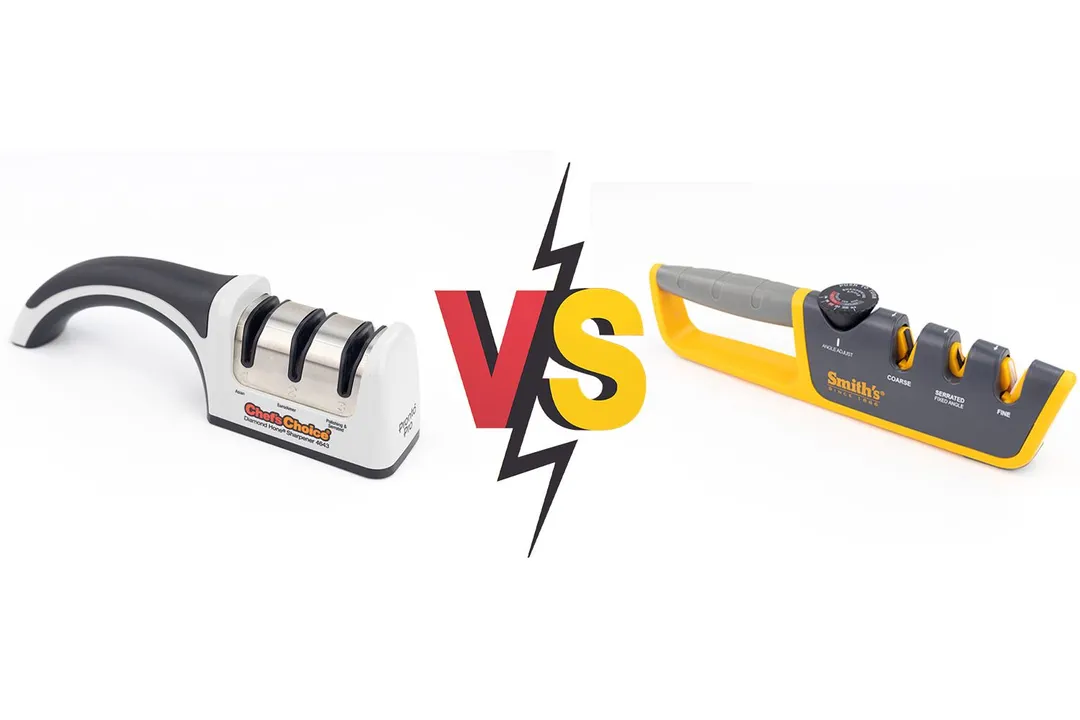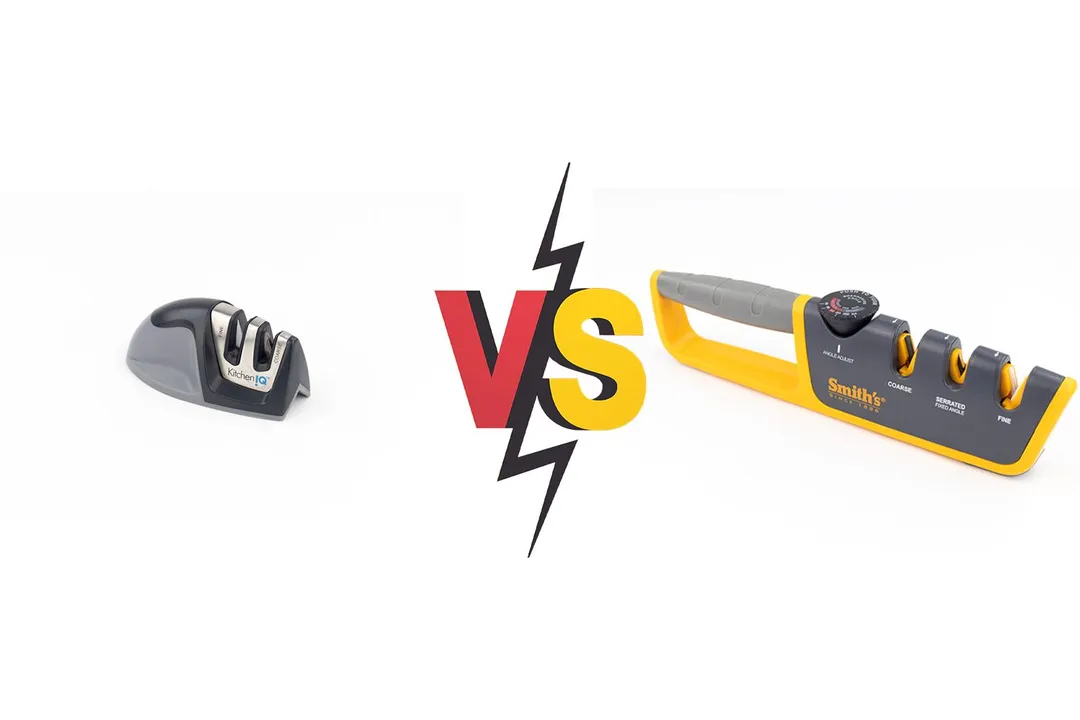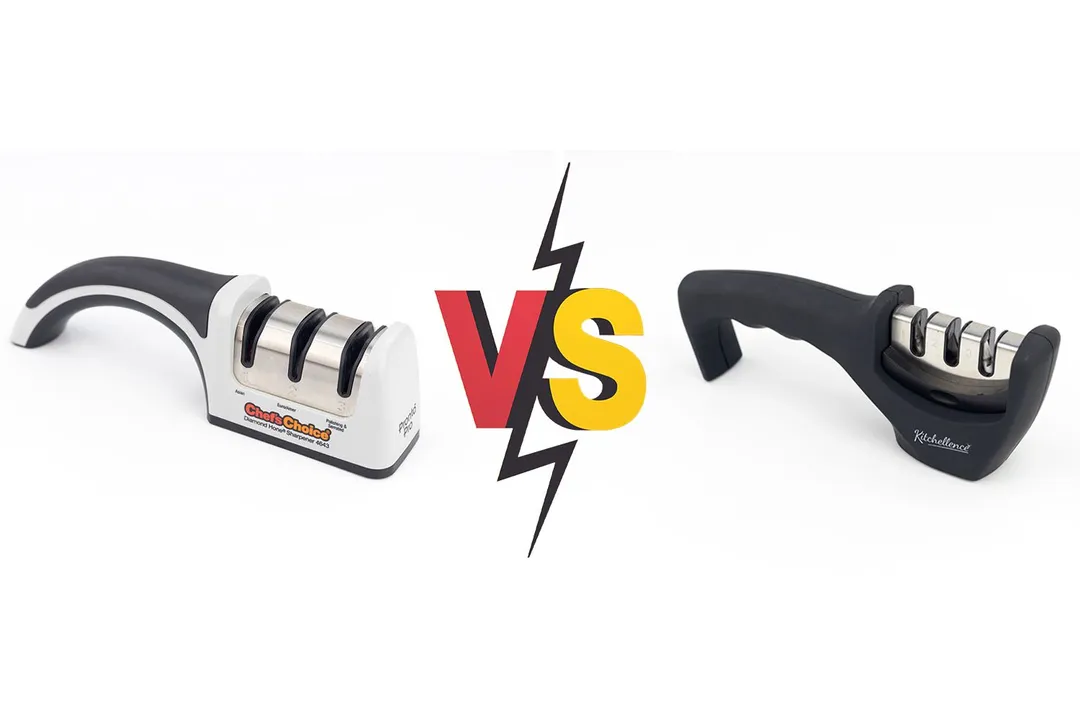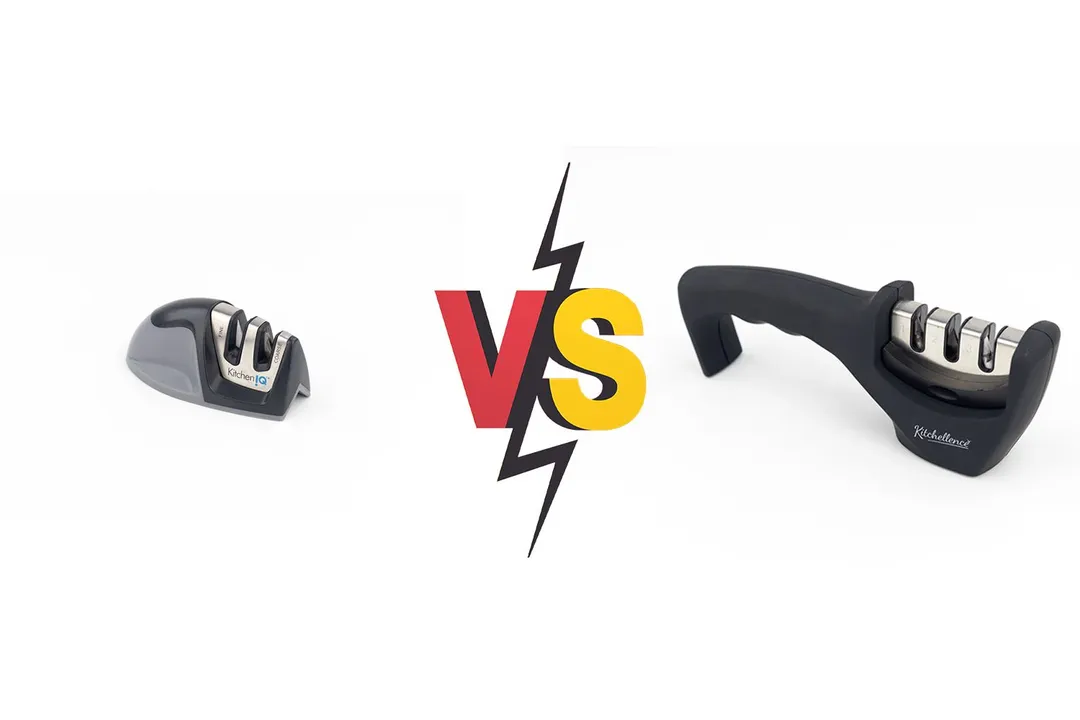Our recommendations are made independently through Research & Testing. We may receive commissions from purchases made via our links.
KitchenIQ 50009 Manual vs Chef'sChoice 4643 Manual Side-by-Side Comparison
The KitchenIQ 50009 and Chef'sChoice 4643 Manual Sharpener have more in common than their looks suggest. And neither performed well in our tests.
KitchenIQ 50009
Tested Using Methodology v1.1Chef's Choice 4643
Tested Using Methodology v1.1
Overall Verdict
The KitchenIQ 50009 and the Chef'sChoice 4643 Manual Sharpener may look completely different, but they achieved very similar ratings across the different tests we put them through.
Both devices have a strong and robust build. The KitchenIQ is a very compact sharpener that’s designed to stay securely on the edge of the countertop, while the Chef’sChoice has a more substantial size and works well on flat surfaces.
The former sharpens with tungsten carbide and ceramic blades, while the latter depends on diamond sharpening wheels.
And yet they garnered similar performance ratings, as neither went beyond average in our tests. Each took more than 3 minutes in the speed test whereas most others took less than 2 minutes and both are one notch below average in the level of sharpness achieved. Nor did they excel in edge preservation or polishing.
The choice between these two comes down to your personal preference. However, be advised there are better manual sharpeners out there, such as the Cubikook CS-T01 or the PriorityChef 2-stage sharpener.
Pros & Cons
- Easy storage
- Affordable price
- Base works on both counter edge and flat surfaces
- Simple, sturdy design
- Works with 20° and 15° edges
- Compatible with serrated blades
- Grippy handle
- Neat, ergonomic overall design
- Awkward small size
- Long sharpening time
- Expensive price
- Awkward slot layout
Key Specs
Where to Buy
*You help support HealthyKitchen101's product testing and reviews by purchasing from our retail partners.
Analysis and Test Results
Performance
Sharpening Time to Cut a Lemon
Material Retention


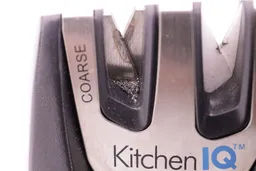
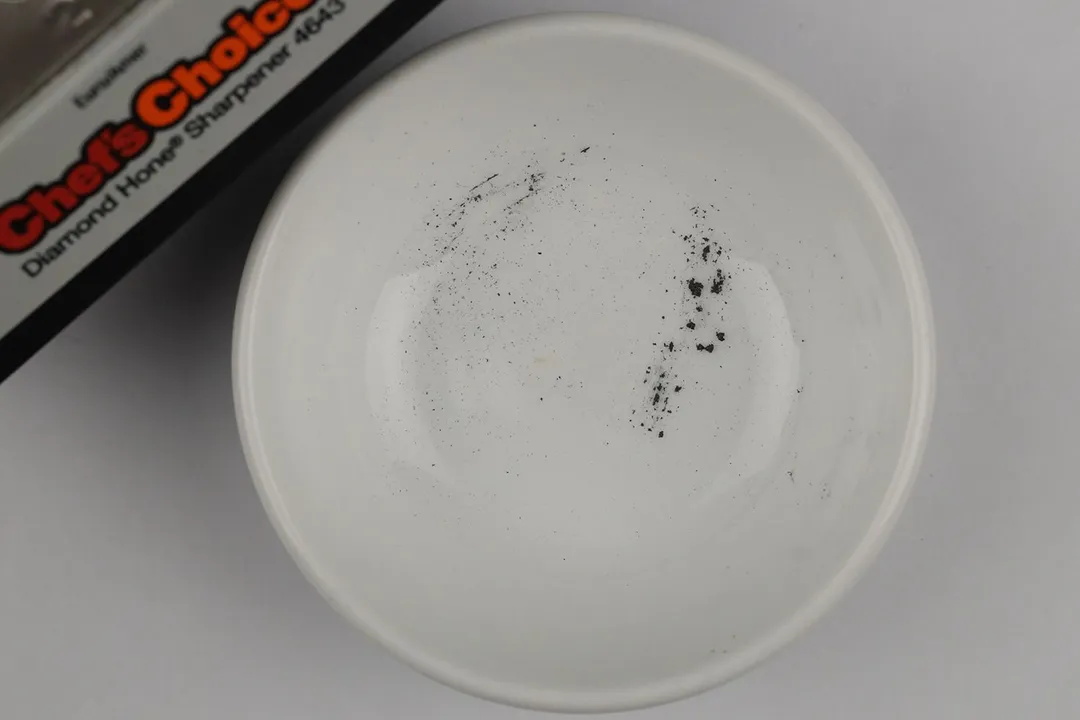
Maximum Sharpness Achieved
Edge Smoothness
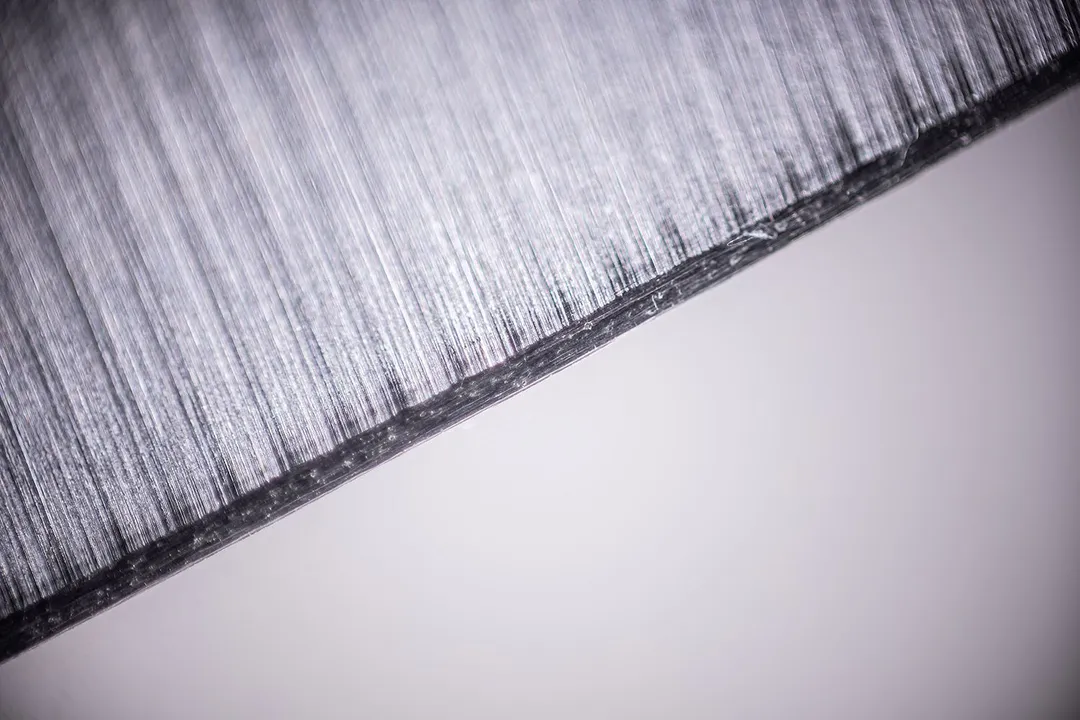
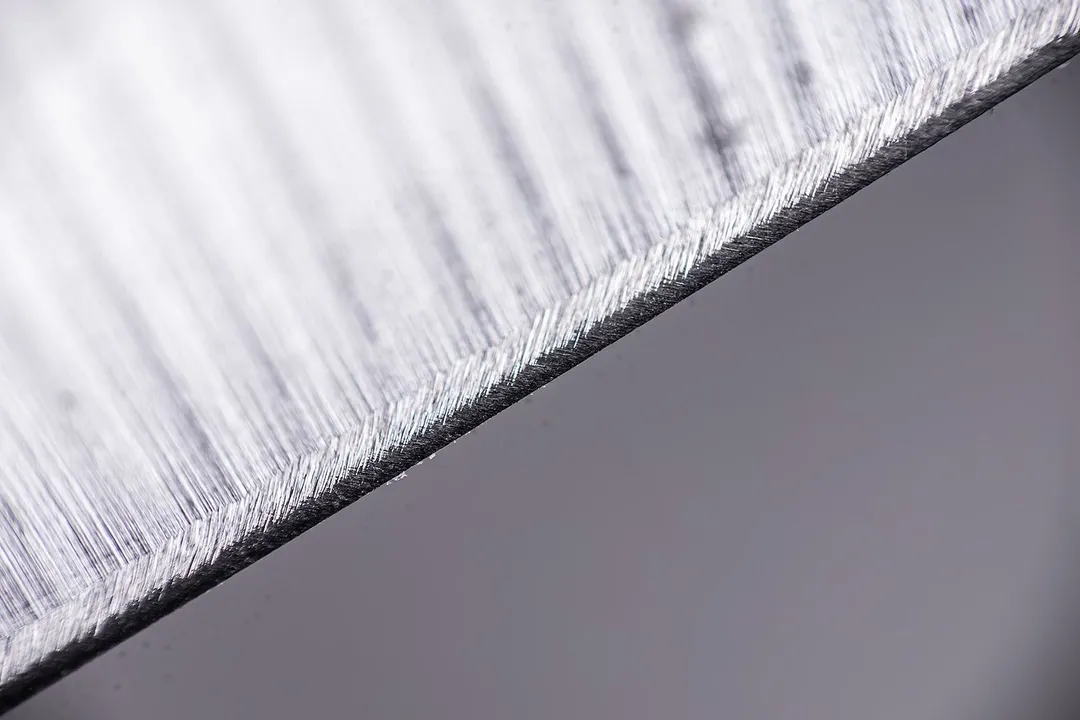
Design
In the Box
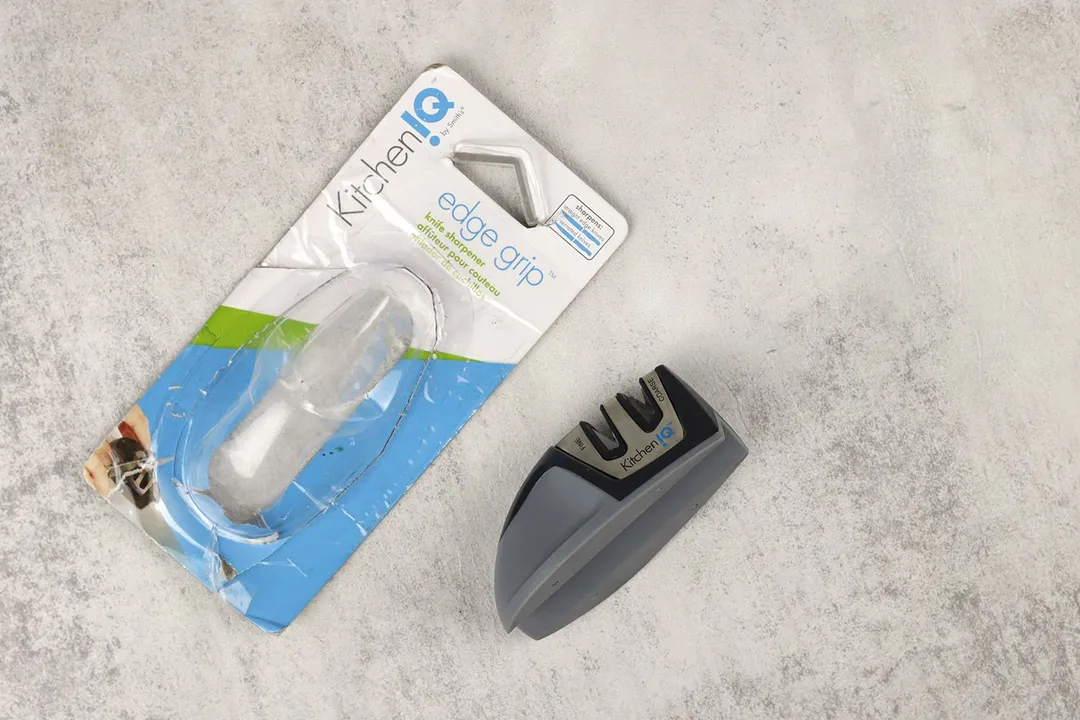
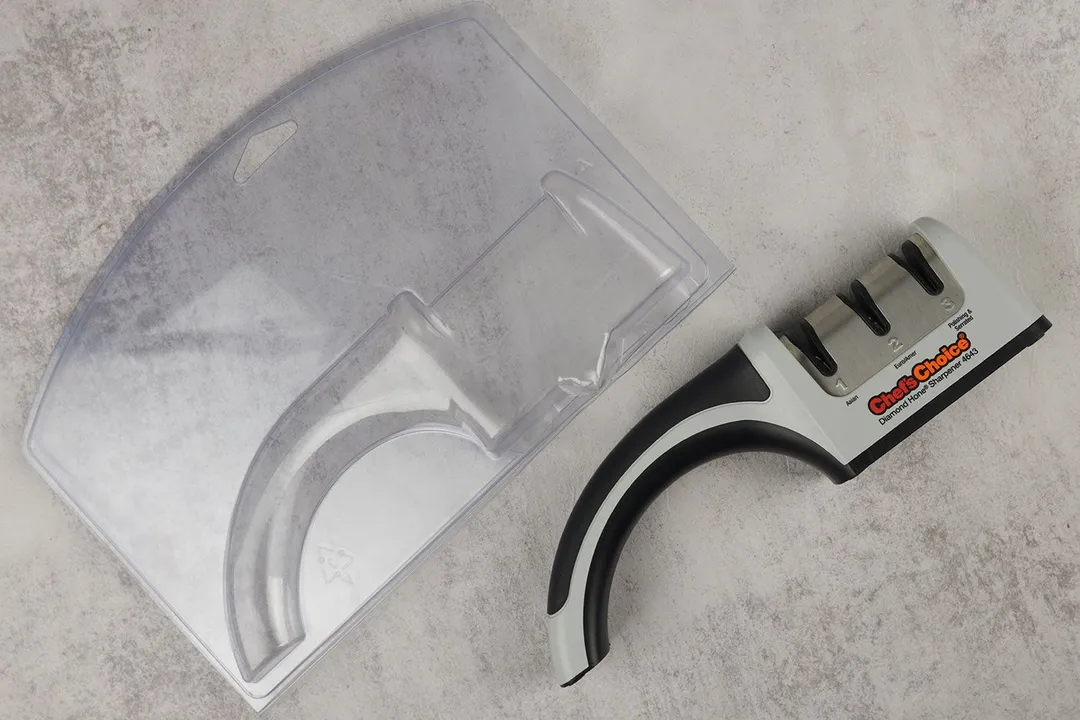
Dimensions
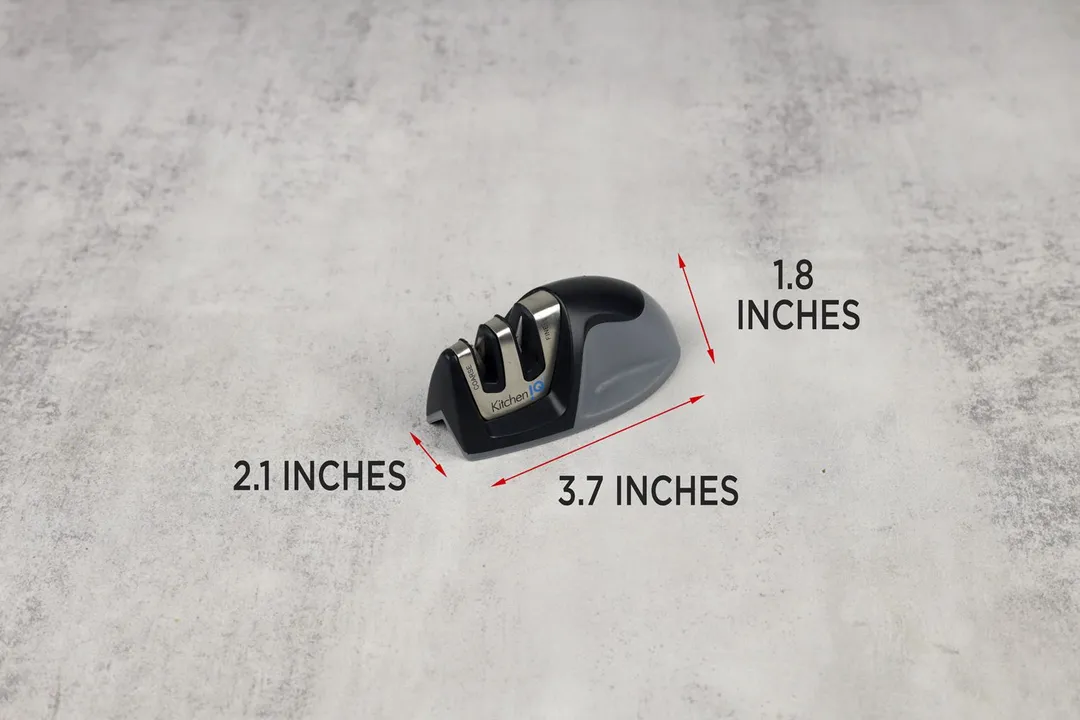
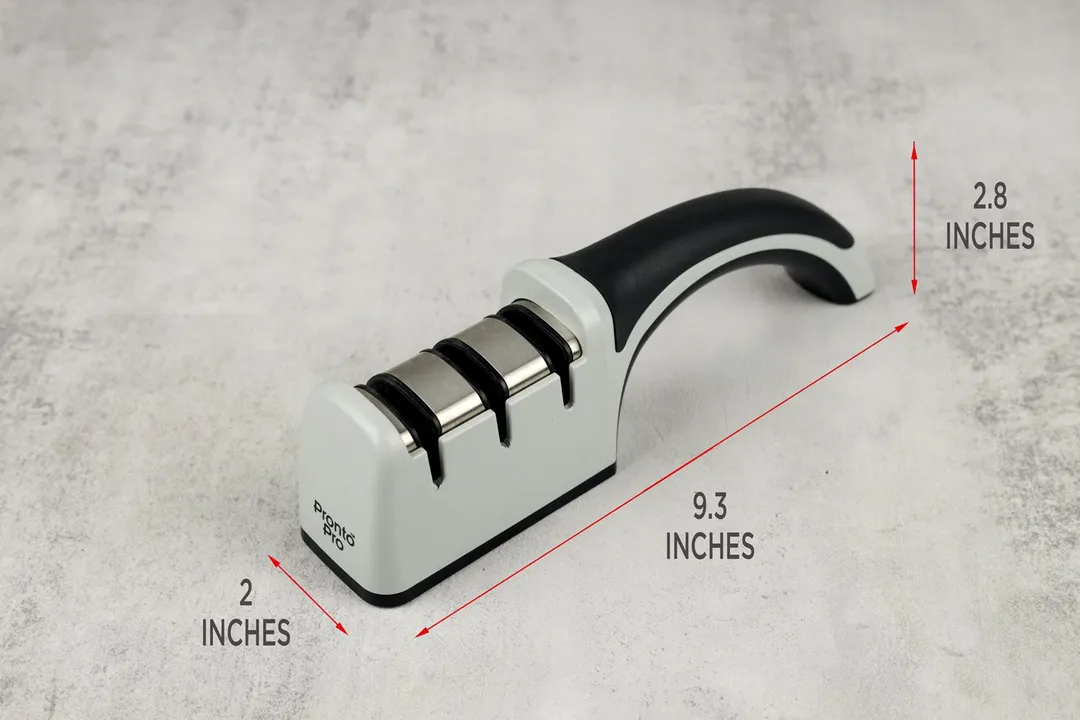
Build Quality

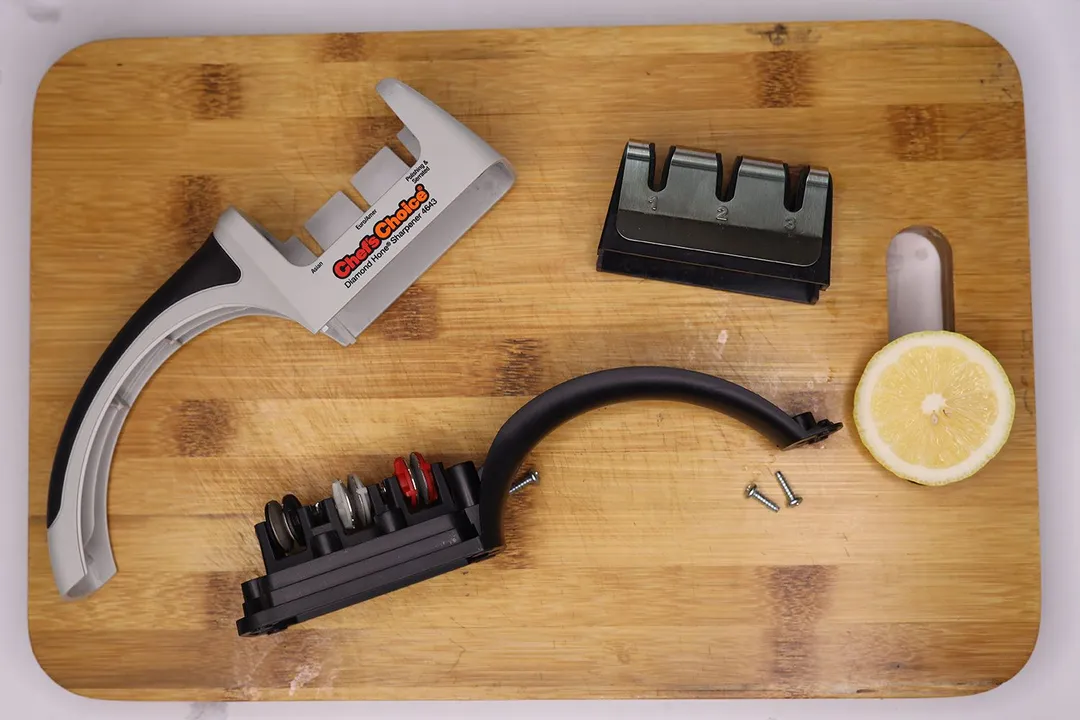
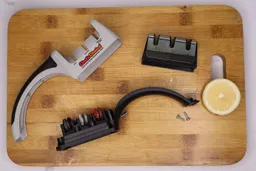
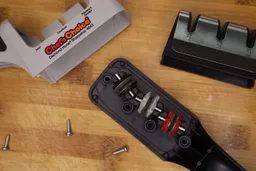
Working Section
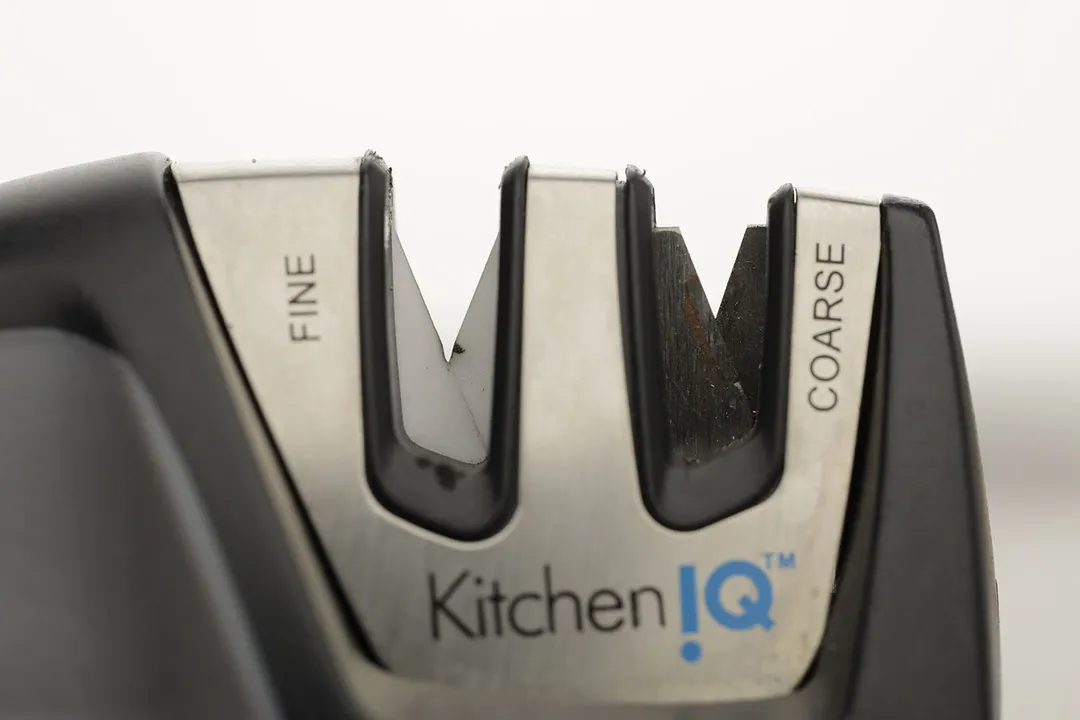
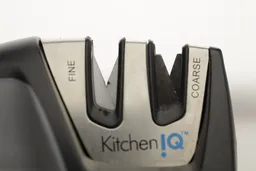

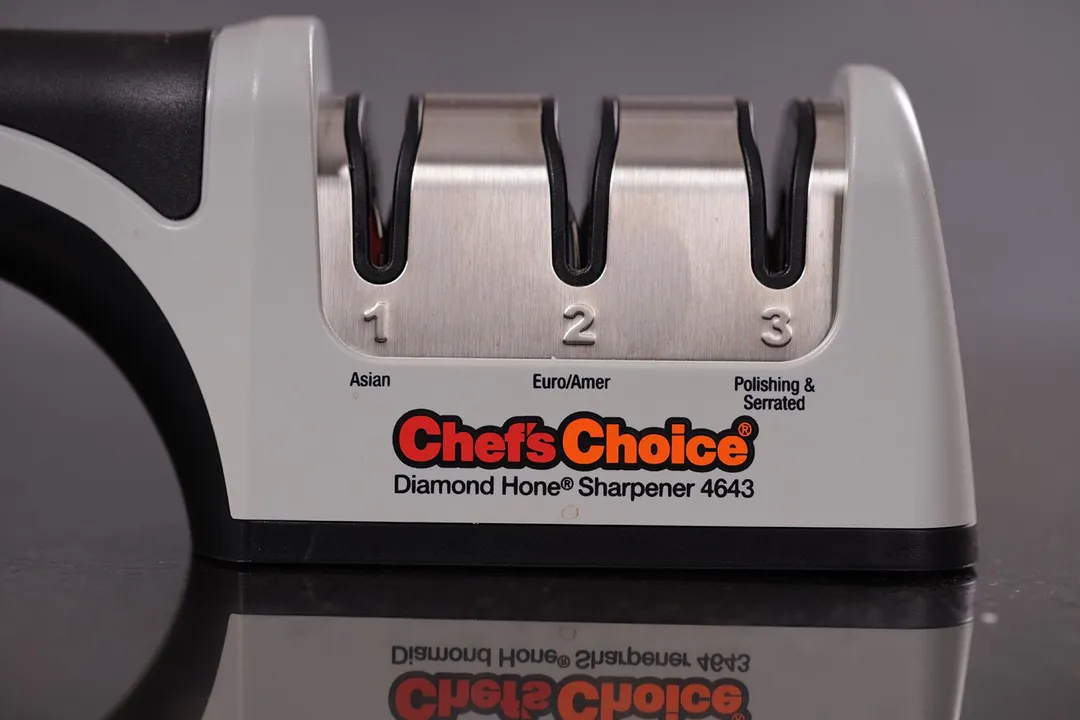
Base
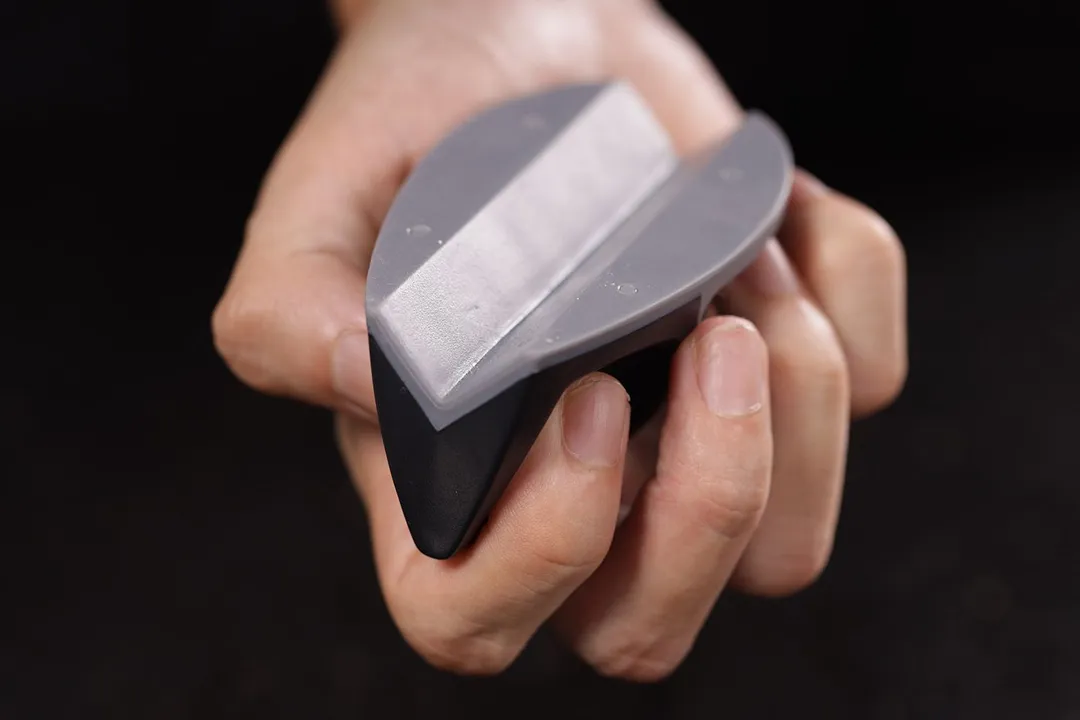

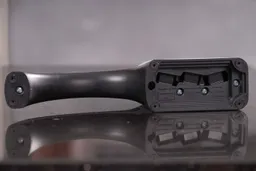
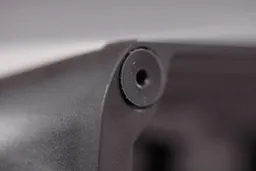
Grip
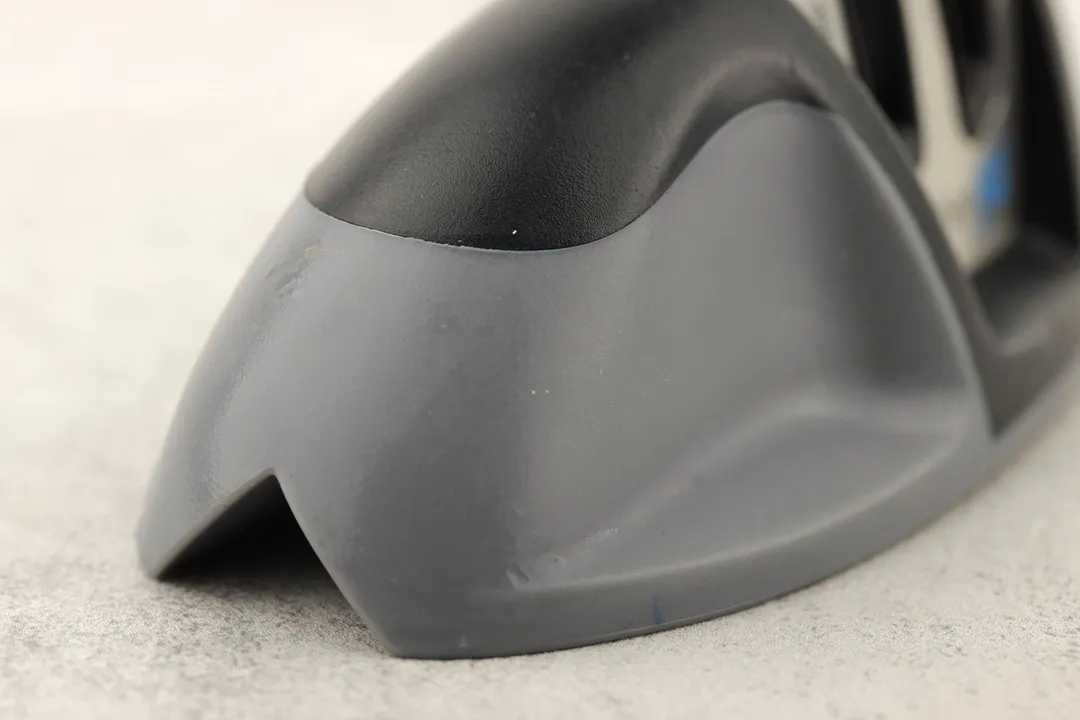

Usability
Slot Arrangement
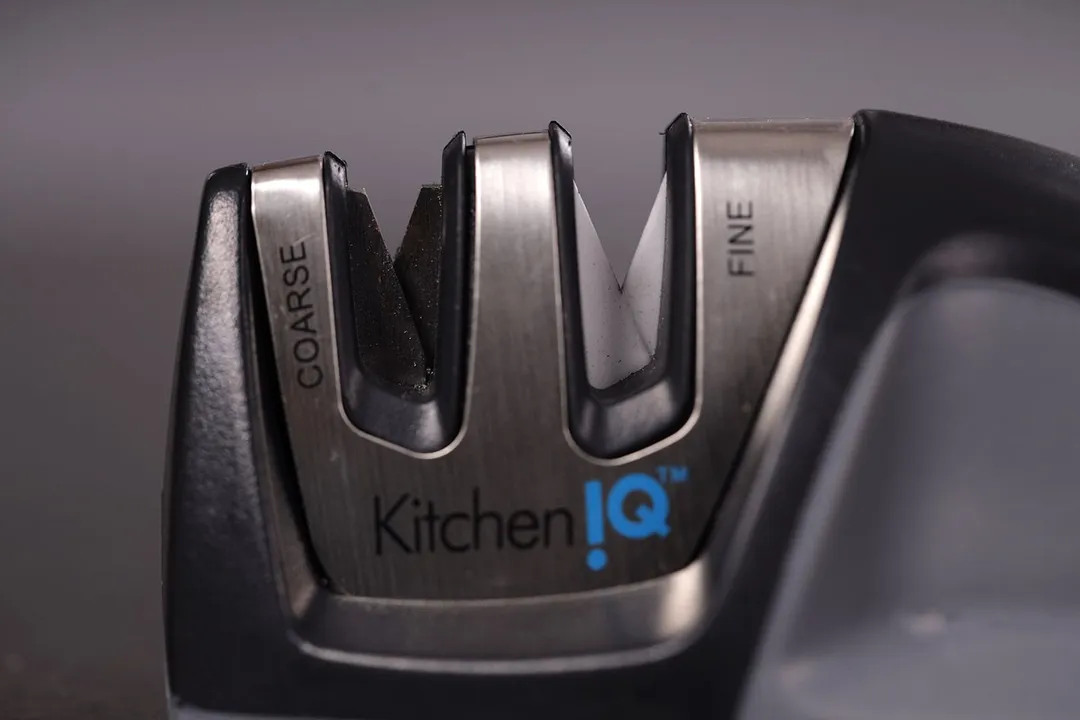
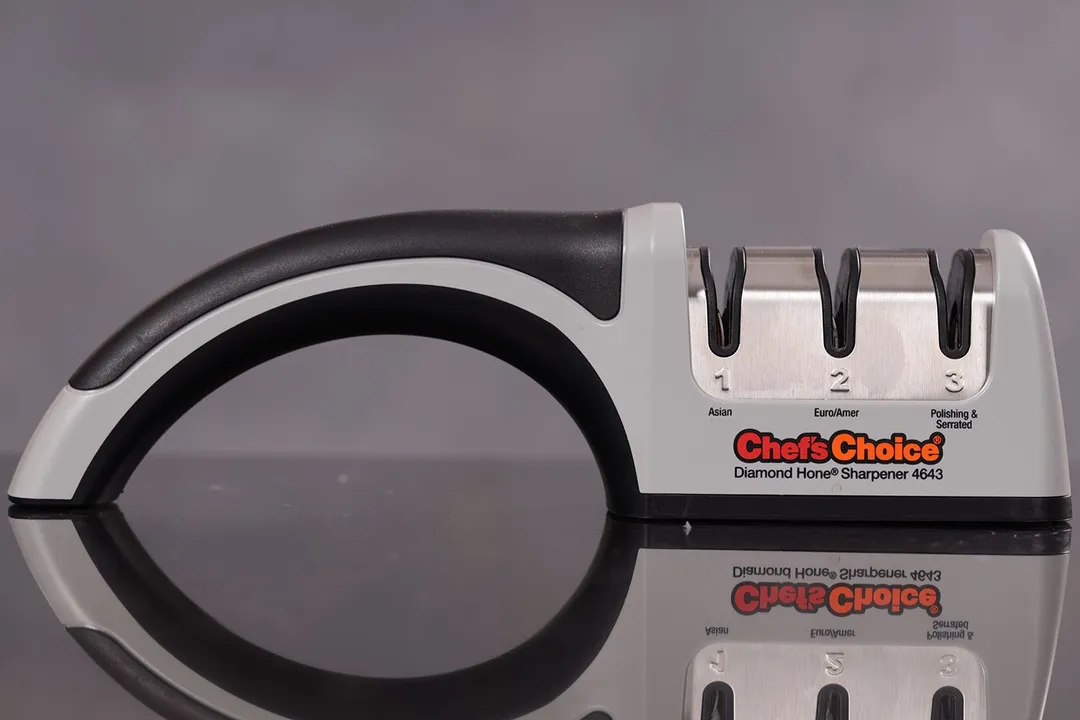
Insertion
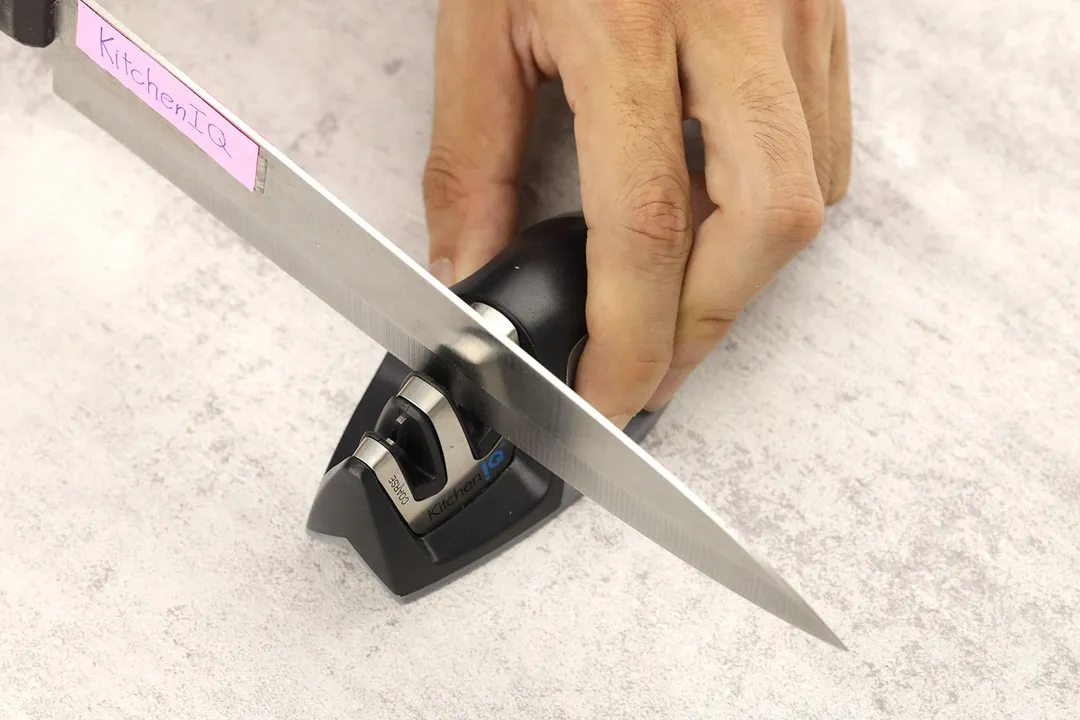

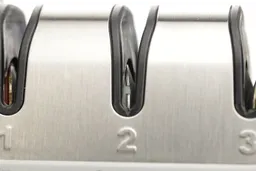
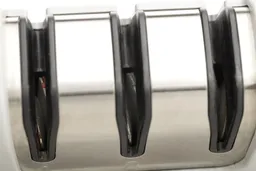
Pulling Through
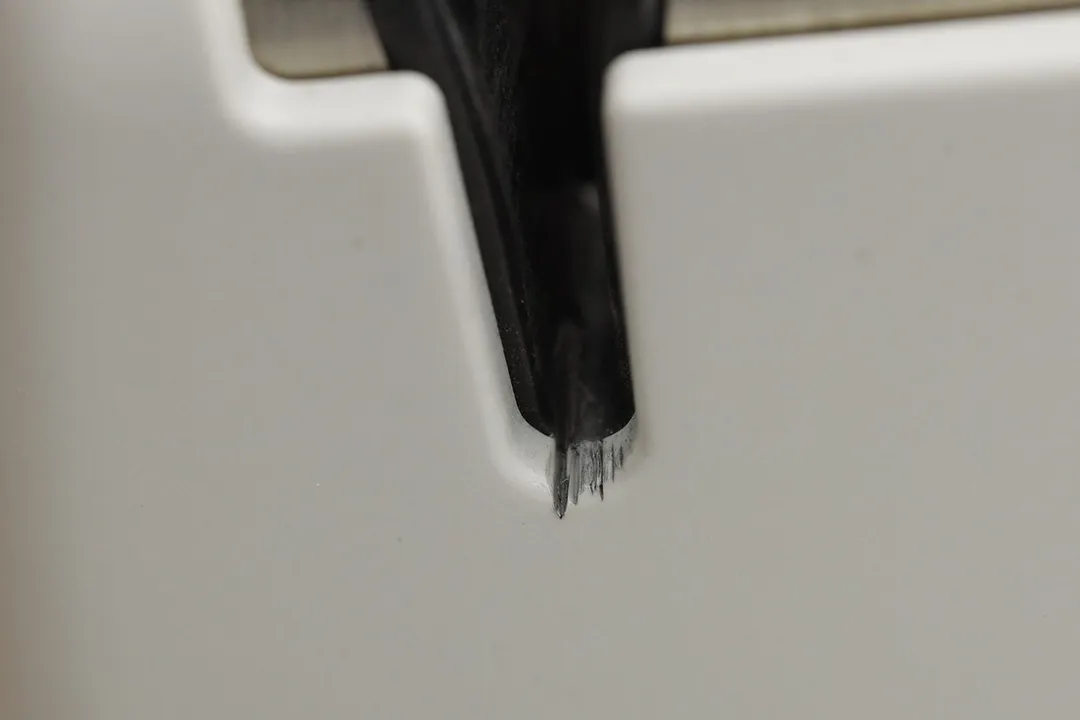
Stability on a Clean Surface

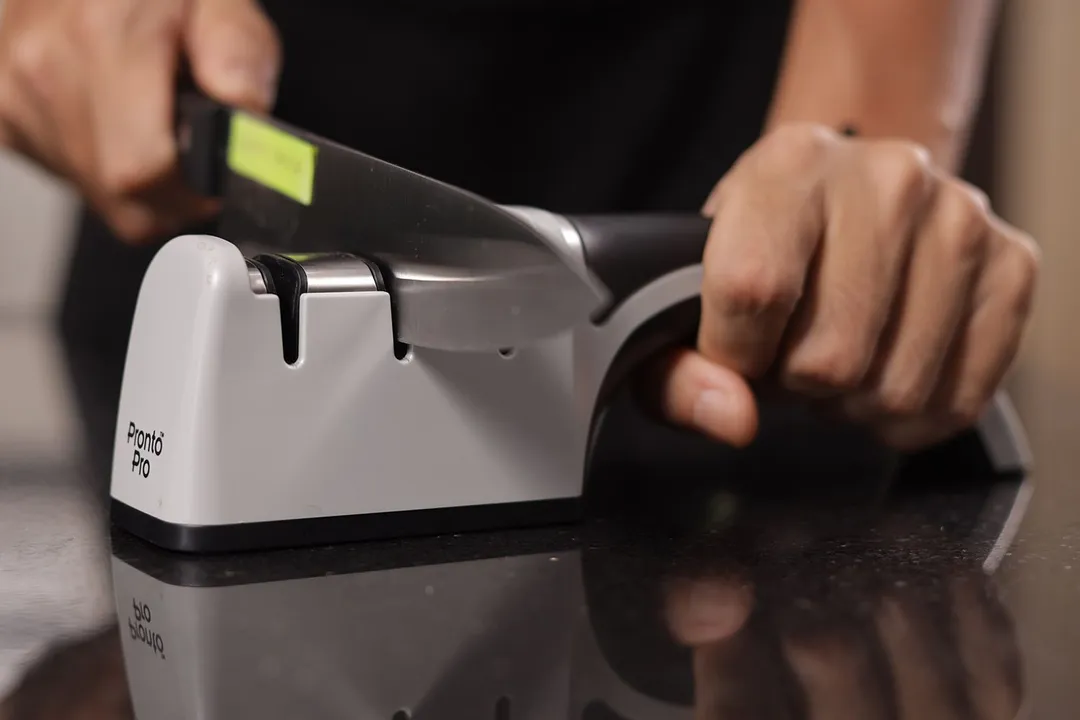
Stability on a Wet and Dirty Surface
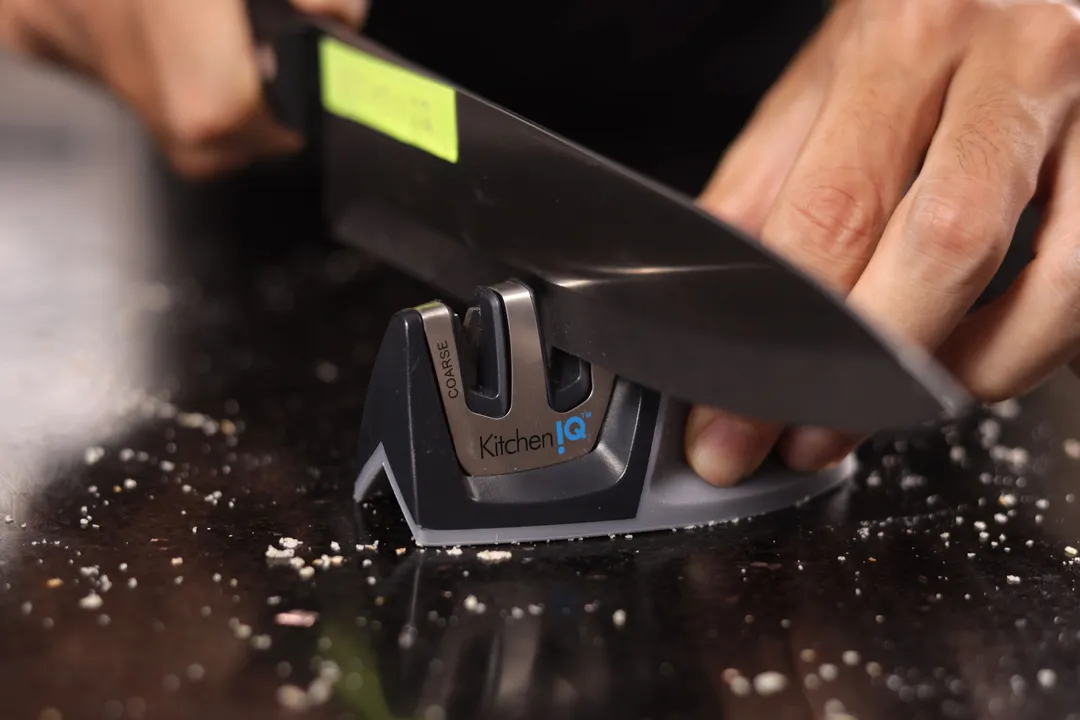
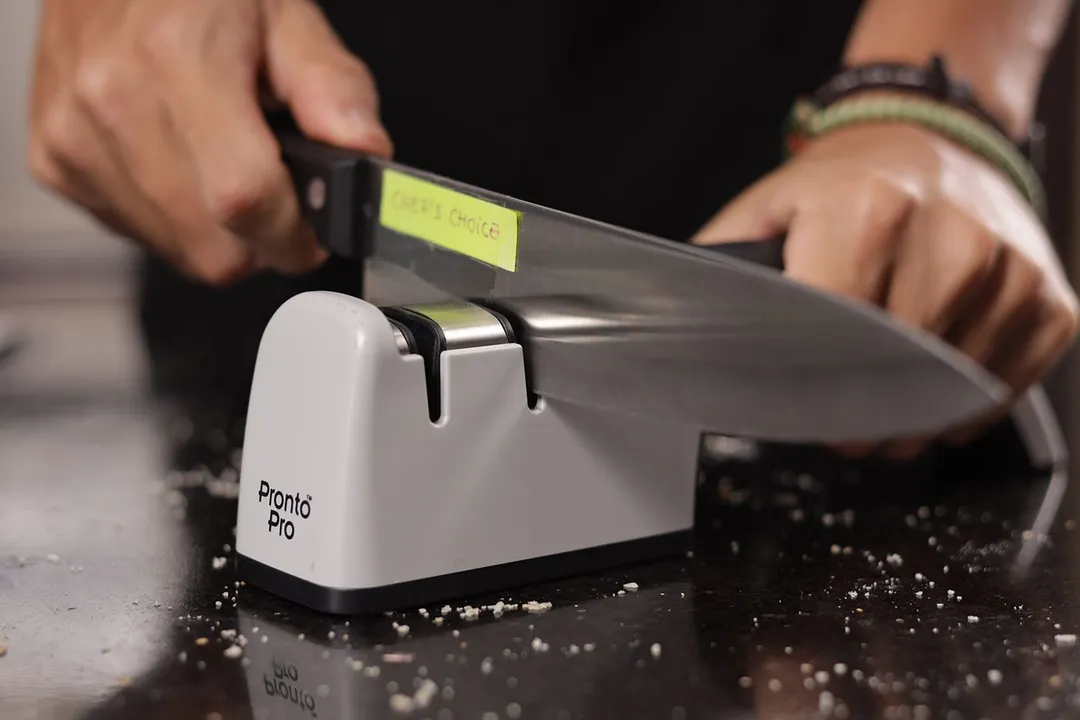
Behind the Comparison
Anh Ngo is a writer with 9 years experience at different media outlets, covering from public news and events to product testing and analysis. At HealthyKitchen101, she works across different departments, communicating closely with its network of writers, editors, and health, tech, and search engine experts to provide a meaningful and pleasant reading experience for visitors.
Lap is Head of the Research, Testing, and Review Team (RTR Team) at HealthyKitchen101.com, where he directs and supervises the testing of kitchen gadgets and appliances.
Nguyen Ntk is a graphic designer, photographer, and videographer whose philosophy centers around respecting and celebrating the beauty of reality. Through his lenses, Nguyen strives to capture the true essence of objects and events, showcasing and highlighting authentic features without distortion or exaggeration.



